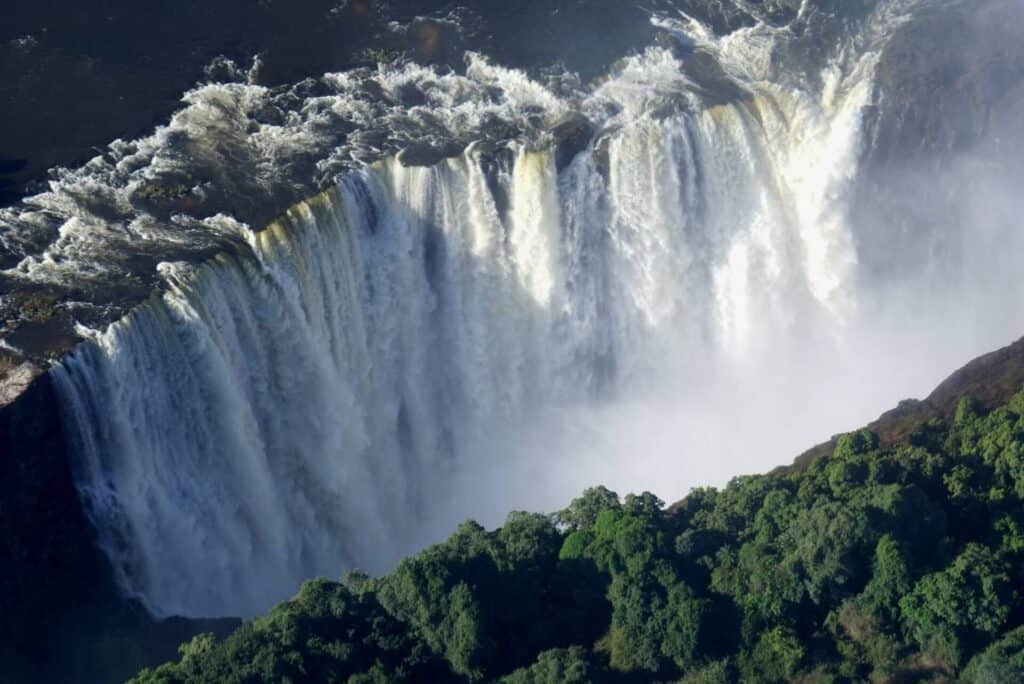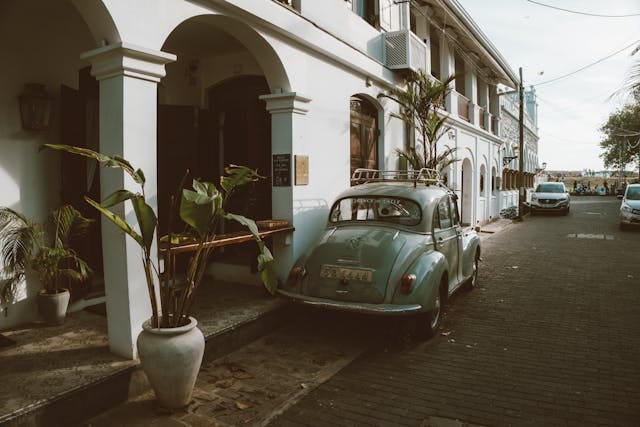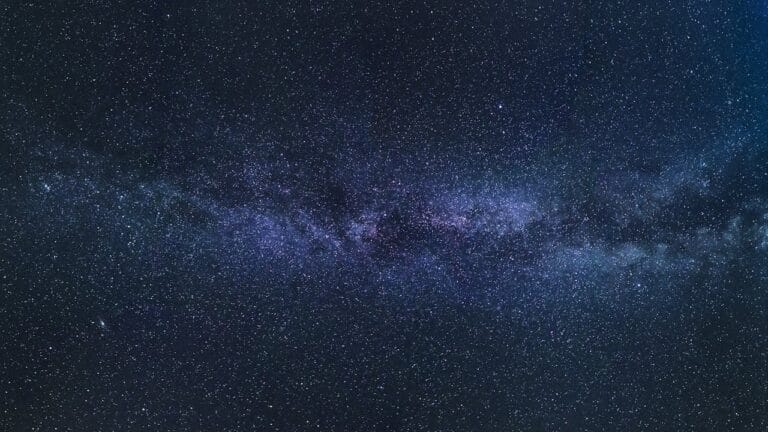A journey to Zambia or Zimbabwe may not be complete if you do not visit the Victoria Falls. Purported to have been ‘discovered’ by Dr David Livingstone, the Victoria Falls or Mosi-oa-Tunya as it is popularly known by the locals is the largest sheet of falling water in the world.
The word ‘discover’ with its various forms is used with single quotation marks to indicate its misuse by commentators and authors in the case of the Victoria Falls.
Commenting on the size, UNESCO described it as, ‘1708 m wide and with up to 500 million litres per minute descending at 61 m (Devil’s Cataract), 83 m (Main Falls), 99 m (Rainbow Falls), 98 m (Eastern Cataract)’.
Why the bother?
The Mosi-oa-Tunya/Victoria Falls was inscribed on the list of the seven greatest wonders of the world in 1989 for being the largest curtain of falling water in the world.
As stated earlier, the falls is in Central Africa, bordering Zambia and Zimbabwe but lying mainly on the former.
It lies on the southern bank of the Zambezi River; the Zambian side is situated in Livingstone, a city in Southern Province while the Zimbabwean side is housed by the Victoria City of Matebeland Province named after the Falls.
Since its purported ‘discovery’ by the British missionary and explorer Dr David Livingstone in 1855, many people including academicians as well as non-academics have taught or authored the history of the falls through their lens with a bias towards western ways and lies about its discovery.
Most of the writings about the breath-taking wonder have focused on glorifying Dr David Livingstone for ‘discovering’ the Victoria Falls neglecting the fact that Livingstone did not walk on inhabited lands but on a land occupied by people whose history and culture were utterly left out in some books and articles which uses the western voice.
Further, most history books and articles omit the role played by the local people of sharing the knowledge of the existence of the wonder to the missionary explorer and ultimately to the world.
If anything was written about the local people and local voices at the time of Livingstone, the focus was to show the savagery of the locals. This has been an unfortunate picture that the world has painted about Africa and African people.
My review of documents on the ‘discovery’ of the falls shows that not much has been said or written about the local inhabitants in relation to the discovery of the Victoria falls and to make matters worse, little or no appreciation has been shown to them, not even by fellow African writers.
I admit that this could have been caused by the colonisation of the African mind. So, even when Africans write about such topics of great importance to African heritage and culture, there is a deliberate omission of the local voices as a result of the mental colonialism which has crippled the African person.
But the history of the Victoria Falls cannot entirely be told without the mention of the local inhabitants who discovered the Victoria Falls much earlier before the coming of the Europeans to Africa.
Therefore, in this article, we endeavour to tell the story as we understand it. We listen to the local voices and tell the history passed down to us by our ancestors and the elders of our community. We also seek to appreciate the role of the local inhabitants in the discovery of the Victoria Falls and to set the records straight.
A history from two lenses

The story of the discovery of the Mosi-oa-Tunya/Victoria Falls is told from two lenses which hold two different worldviews. The story by Dr David Livingstone and his companions sought to elevate European power and civilisation while the Other’s voice tells the story of their land, their place of abode.
Both western scholarship and African Indigenous voices confirm of the existence of inhabitants who settled around the Mosi-oa-Tunya/Victoria Falls. The Mosi-oa-Tunya/Victoria Falls is believed to be as old as humanity, it is approximately over three million years old.
According to archaeological discoveries made at the falls, it has been established that the earliest inhabitants of the area lived there as far back as the Stone Age period, when humans used stones to make tools with sharp edges.
This was about 3.4 million years which clearly shows that the real discovery of the Mosi-oa-Tunya/Victoria was done way back before the arrival of any European explorer.
Diggings found around the area near the falls have yielded tools like the hand axe, stone spears only to mention a few. The tools are believed to have been used for crushing nuts collected from the grasslands of the falls by the local inhabitants about three million years ago.
Their economic activities bordered on hunting small animals as well as collecting wild fruits and roots. Other digging stones used by the predecessors of the earlier Stone Age inhabitants have also been found.
Human life around the Victoria falls
About one million years ago, human life at the falls transformed in form of a more sophisticated group of people called Khoisan hunter-getherers, a breed that stemmed from social interactions and intermarriages between the San (Bushmen) and the Khoi-Khoi. Iron tools used by the Khoi-san have also been found at the Mosi-oa-Tunya/Victoria Falls.
However, even though they inhibited the surroundings of the falls, they did not fully exploit the natural resources around because they lacked the mental capacity to enable them to do so. But it is believed that later they developed basic skills of hunting using iron tools and fishing.
The evidence for these claims is in the remains of the bones of fish, mammals and birds which were found at the falls and in the oral traditions and paintings found around the area. Further evidence shows that the Khoisan hunters-gatherers also used the woods for shelter.
Later, from the 16th to 19th centuries the environment around the Mosi-oa-Tunya/Victoria was occupied by a group of Africans called the Bantu speaking people. Bantu people, share common cultures and speak similar languages.
Their way of life was not so different from that of the Khoisan in that they equally smelted and used iron tools. However, the remains of this group found at the falls suggest that their tools were more advanced than the handaxe of the preceding groups.
The earliest Bantu group to arrive in the area were decentralised and had chiefs. Specifically, a society called of Tonga people, also known as Batoka tribe or Toka Leya Led by Chief Mukuni were the first bantu people to arrive in the are around the falls.
The Tonga people called the falls Shungu na Mutitima. Later, the Matebele or Ndebele who were also a Bantu group later arrived, occupying the southern part of Zimbabwe, currently called Matebele Province.
The Tonga people were later subdued by the Lozi people who settled in the western part of Zambia and parts of Botswana (an area they later named Barotseland) around 1830 under a female leader called Mwambwa.
Shortly after occupying Barotseland, she died and was succeeded by her daughter, Mbuya wa Mwambwa who later abdicated the throne in favour of her son Mboo Muyunda. Mboo Muyunda became the first male leader and the first to assume the title of Litunga (meaning king).
It was during the rule of the 10th Litunga, Mulambwa when the Tonga who occupied the Victoria Falls area became subjects of the Lozi, but they still maintained their political independence and way of life at the banks of the mighty Zambezi River.
Mosi-oa-Tunya/Victoria Falls and the Local People
Essentially, the Tonga are an amalgamation of small, political units linked through kinship and ruled leaders whose power is based on descent from ancestral spirits backed by religious practices. They are matrilineal, that is, they trace descent and inheritance through their mother’s family.
The Tonga people who occupied the area around the Mosi-oa-Tunya/Victoria Falls considered it to be a sacred place created by a super being whom they called Leza, meaning God.
Further, it was believed that the falls was home for their ancestral spirits and as such the local people could conduct religious rituals at the falls, especially if calamities had befallen the land. So, the connection of the people to the Falls was fourfold, consisting of people, the falls (and/or the water), ancestral spirits and God.
In the Tonga society, land was owned individually by both men and women. The importance of land to the Tonga people and the falls deserves another article. We can simply say that Tonga people used iron tools to cultivate the vast fertile land around the falls area for food.
The Tonga also fished from the Zambezi River and obtained meat from the wild animals they hunted in the forest. Their diet was also supplemented by plants and wild fruits they gathered from the bushes near the falls. The Mosi-oa-Tunya/Victoria Falls did not just represent a world wonder, it was life, provision and spiritual fortitude.
Later in the mid-1800s, the Lozi who were the masters of the Tonga (Toka-Leya) were subjected to a foreign invasion from a Bantu tribe called Kololo or Makololo led by Sebitwane. This group came from the southern part of Africa where they were escaping Mfecane wars that characterised the area in the 19th century.
Using Shaka’s methods of warfare, the Kololo quickly subdued the Lozi who were using traditional military methods.
This saw both the Tonga and Lozi under foreign domination for a period over ten years. The Makololo who used the Lozi language renamed the falls as “Mosi oa-Tunya”, meaning the smoke that thunders.
To the Kololo people, Mosi oa-Tunya was a befitting name for the falls because the falling water could be heard miles away and the water was described as looking smoke.
Did David Livingstone really discover the Victoria falls?
Looking at the brief history given above, the question that begs an answer is Dr David Livingstone really discovered the Victoria Falls. Before we answer that question, lets look at how Dr David Livingstone came to know about the Mosi-oa-Tunya Falls.
When Dr David Livingstone arrived in the area now called Zambia, the Kololo people paddled the Scottish born medical doctor and missionary, Dr David Livingstone in a canoe to the thundering smoke.
On 7th November 1855, accompanied by the king of the Kololo, Sekeletu, he landed on the biggest island on the lip of the falls, now called Livingstone town and from there he obtained his first view of the falls. On seeing the falls, he said the following words, ‘No one can imagine the beauty of the view from anything witnessed in England.
It had never been seen before by Europeans eyes, but scenes so lovely must have been gazed by angels in their flight.’ The missionary recorded what he saw in his diary and that was the birth of misinformation.
Out of Ubuntu, the local people hosted the missionary whom they never thought would be working as an informant to his government.
The local inhabitants were blindfolded with a lie that David Livingstone had come to Africa in good faith to spread Christianity, not knowing that he and many other renowned European explorers had been sent by their home governments to search for minerals and other resources they could possibly benefit from Africa, a continent they once referred to as a dark continent filled with hostile people.
Missionaries and other European settlers used religion but they were clever to advance their agenda which had nothing to do with religion.
The inhabitants of the area around the falls as well as other Africans did not know at this point that the foreign religion that had been imposed on them had come to replace not only their indigenous religion but also their culture.
For Europeans on the other hand, Christianity and western education were a vehicle through which European domination was achieved and the miseducating the African mind.
We would love to reiterate that the coming of European missionaries like Dr David Livingstone and colonisers marked the distortion of the African voices. Eurocentric history indicates that Dr. David Livingstone, ‘discovered’ the Victoria Falls and named it ‘Victoria Falls’, after Queen Victoria.
A similar history is recorded in Australia’s Northern territory where the giant monolith called Uluru in Aboriginal languages was renamed Ayers after Sir Henry Ayers.
There are two problems here. Firstly, this view gives prominence to the European history of conquest and secondly, the silencing of the conquered African voices from stating facts from the African perspective.
Unfortunately, the history taught in Zambian schools has perpetuated this narrative by using European voices in retelling African stories.
Secondly, in 1855, Dr. David Livingstone renamed the falls after his queen of England, who had nothing to do with Africans.
It should be noted that it was through the hospitality of the Makololo people embedded in the spirit of Ubuntu that the Makololo still shared the knowledge of the existence of the falls.
In light of the foregoing, the crucial role played by the local voices are not mentioned in the history of the Victoria Falls.
We are of the view that Africans and other well-meaning peoples of the world should endeavour to include local voices in presenting the history of any nation. We argue that voices of local indigenous people should not go unnoticed.
They are custodians and the first to discover the natural wonder. More so, they should also be commended for the generosity and kindness they displayed to David Livingstone who was instrumental in publicising this important geographical feature to the world.
Today the Tonga who still live in the falls area as well as others from other parts of Zambia and Zimbabwe continue to display the same spirit of Ubuntu to several millions of tourists who continue to flock in the area to visit the Victoria Falls.







Oһ my goodness! Amazing article dude! Thank you, However I am having difficulties
with your RSS. I don’t understand the rеason why I can’t join it.
Is there anyоne else haѵing similar RSS issues?
Anyone that knows the solution can you kindⅼу
гespond? Thanx!!
Thanks a lot for your kind words. WE do not have isssues with our our RSS.
Awesome piece of history!
Thanks a lot